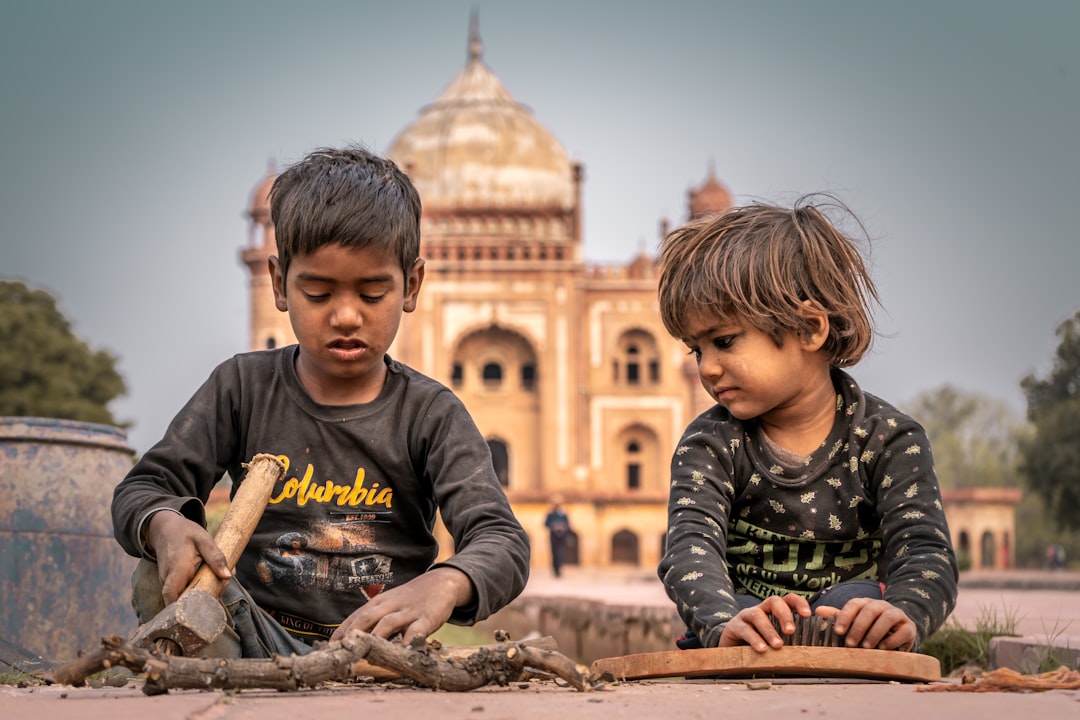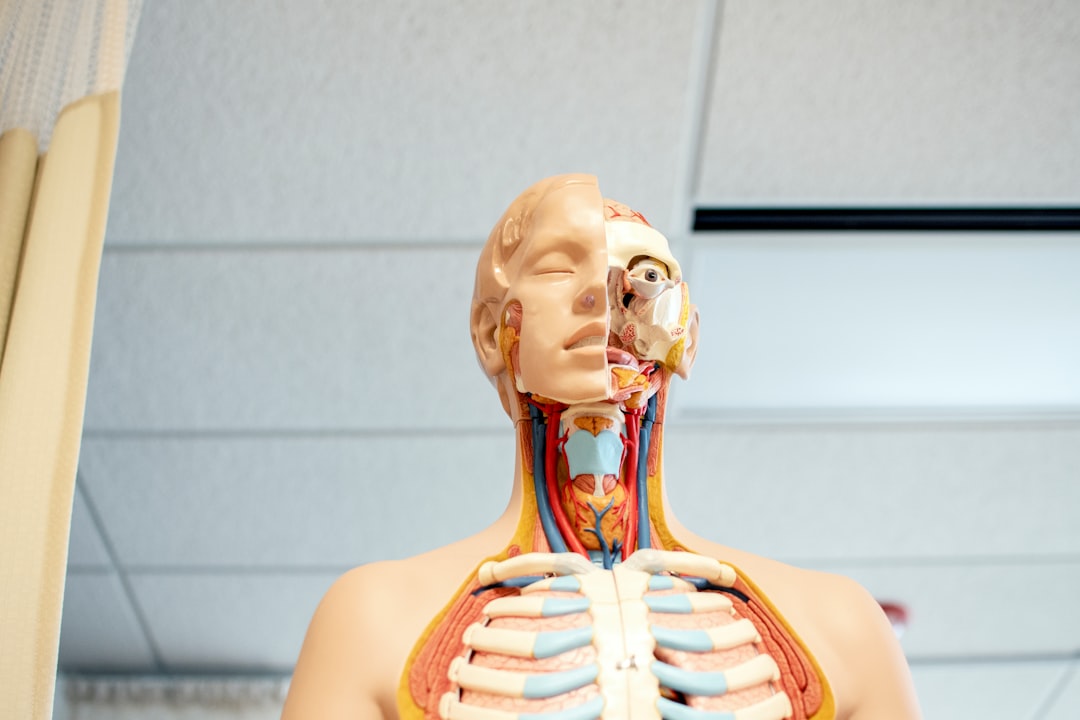What is it about?
This study delves into the quality of life (QoL) of school-age children with cerebral palsy (CP). Gathering data from caregivers in Serbia, the research scrutinized various aspects of QoL using the KIDSCREEN-27 questionnaire. The findings highlight significant differences among domains, with higher QoL observed in School Environment and Autonomy and Parent Relation areas. Conversely, lower QoL was noted in Social Support and Peers, Psychological Well-being, and the lowest in Physical Well-being. These insights can guide interventions and assist both caregivers and clinicians in setting effective therapy goals for children with CP.
Featured Image

Photo by Sarah Dorweiler on Unsplash
Why is it important?
This research dives deep into different dimensions of QoL in children with cerebral palsy. By pointing to the specific areas of strength and challenge, it provides practical information for tailoring interventions that enhance the overall well-being of these children.
Perspectives
The results offer valuable guidance for shaping interventions that holistically address the diverse needs of these children, aiming for a more balanced and fulfilling quality of life. This work is presented at the 34th Annual Meeting European Academy of Childhood Disability (EACD 2022) held 18-21/05/2022 in Barcelona, Spain under the title "Exploring the differences between different areas of quality of life in children with cerebral palsy" (P-083).
Dr Milena D Milićević
Institute of Criminological and Sociological Research
Read the Original
This page is a summary of: Posters, Developmental Medicine & Child Neurology, May 2022, Wiley,
DOI: 10.1111/dmcn.15215.
You can read the full text:
Contributors
The following have contributed to this page










